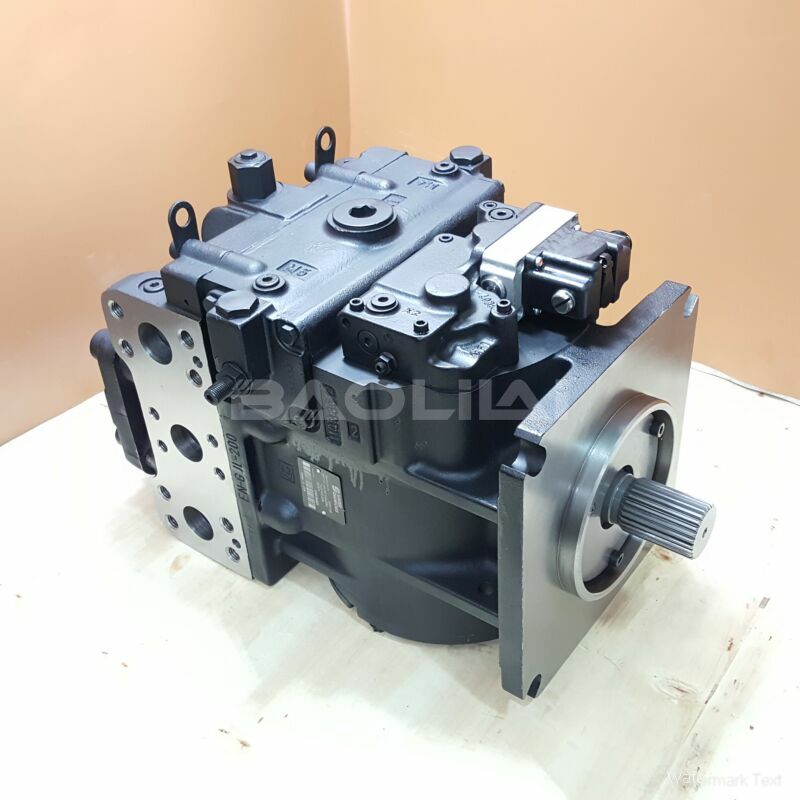90L100HS1CD80R3F1F06GBA353524 sauer danfoss pump
90L100HS1CD80R3F1F06GBA353524 sauer danfoss pump

- Product Details
- Applicable Scene
Hydraulic pumps are the heart of hydraulic tool systems, playing a critical role in converting mechanical energy into hydraulic energy. This transformation fuels the tools that are essential in various applications, from construction and manufacturing to automotive repairs. Understanding how hydraulic pumps contribute to the efficiency of these systems can shed light on their importance in modern machinery and processes.
90L100-HS-1-CD-80-R-3-F1-F-06-GBA-35-35-24
90L100HS1CD80R3F1F06GBA353524
Firstly, hydraulic pumps generate the pressure required to move hydraulic fluid through the system. This pressurized fluid enables a range of operations, from lifting and pressing to cutting and shaping materials. The efficiency of this process largely depends on the type of pump used. Common types include gear pumps, vane pumps, and piston pumps, each offering unique advantages in different applications. For instance, gear pumps provide high flow rates at low pressures, making them ideal for operations requiring moderate force, while piston pumps excel in generating high pressures, suitable for heavy-duty tasks.

83021947
Secondly, the design and maintenance of hydraulic pumps significantly impact the overall efficiency of hydraulic tool systems. A well-maintained pump minimizes fluid leakage and energy loss, ensuring that more of the input energy is converted into useful work. Regular inspection and servicing can prevent issues like cavitation, which occurs when vapor bubbles form in the fluid due to low pressure, potentially damaging the pump and reducing its efficiency. Thus, investing in quality pumps and following proper maintenance routines can lead to longer service life and optimal performance.
Additionally, hydraulic pumps contribute to the system’s adaptability. By allowing for variable flow rates and pressures, hydraulic pumps enable tools to operate under different conditions and requirements. This flexibility is especially beneficial in scenarios where precision and control are paramount, such as in automotive hydraulics or sophisticated manufacturing processes. The ability to adjust the hydraulic pressure also allows for more efficient energy use, promoting sustainability in operations.





